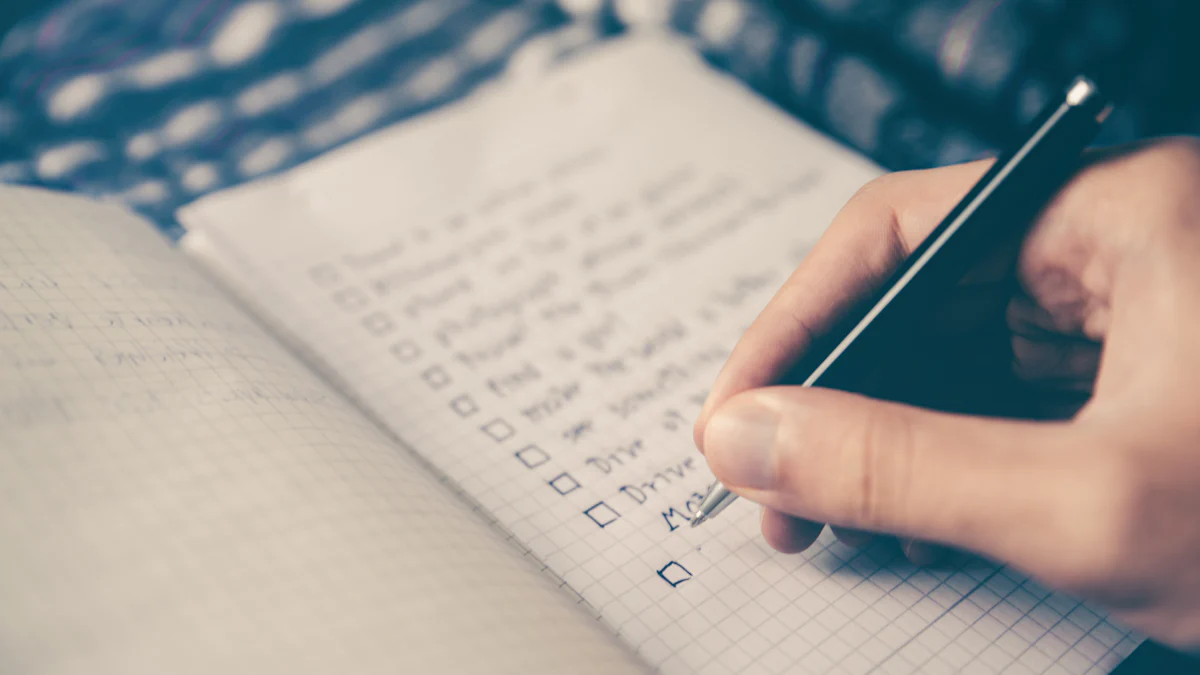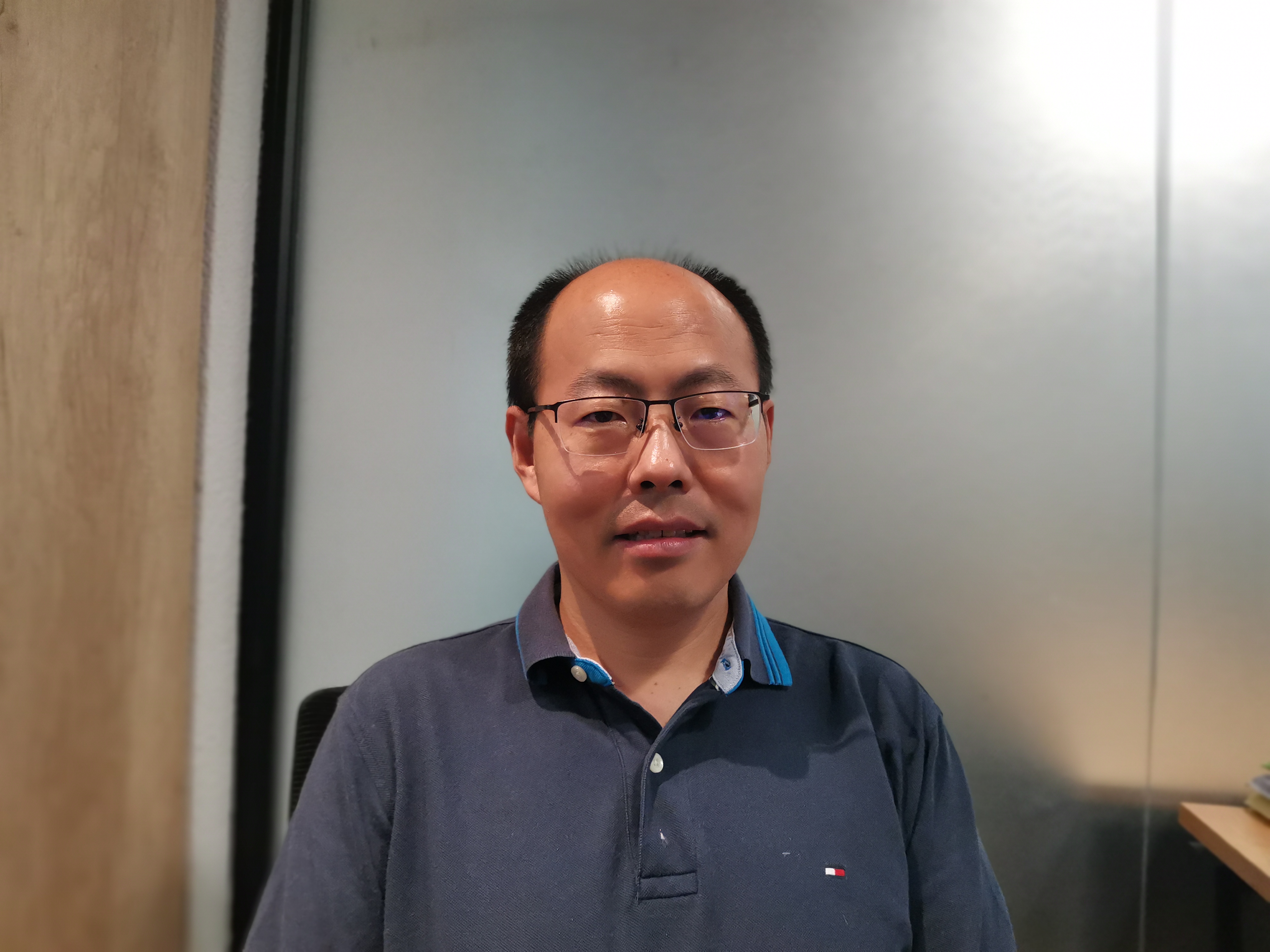How to Write an Effective Interview Summary

An interview summary distills the critical aspects of an interview into a concise format. This efficiency saves time and ensures clarity. A well-structured summary offers several benefits:
Enhances understanding of key points
Facilitates decision-making processes
Provides a clear record for future reference
Effective summaries follow three main steps: preparation, execution, and post-interview activities. Mastering these steps will lead to more impactful and organized interview summaries.
Preparation

Research the Interviewee
Understand their background
Researching the interviewee's background forms the foundation of an effective interview summary. Gather information about their professional journey, educational qualifications, and notable achievements. This understanding helps frame relevant questions and provides context for the interview.
Identify key topics of interest
Identify key topics that align with the interviewee's expertise. Focus on areas where the interviewee has made significant contributions or holds strong opinions. This approach ensures that the interview summary captures valuable insights and highlights the interviewee's strengths.
Prepare Questions
Open-ended questions
Prepare open-ended questions to encourage detailed responses. These questions allow the interviewee to elaborate on their experiences and provide rich content for the interview summary. Examples include:
"Can you describe a challenging project you worked on?"
"What motivated you to pursue your current role?"
Specific questions related to the role or topic
Craft specific questions tailored to the interviewee's role or the interview topic. These questions help extract precise information and ensure the interview summary remains focused. Examples include:
"How did you implement the new strategy at your company?"
"What are the key skills required for success in your field?"
Set Up Tools and Environment
Recording devices
Set up reliable recording devices to capture the conversation accurately. High-quality recordings ensure that no critical details are missed, making the interview summary comprehensive and precise.
Note-taking tools
Use efficient note-taking tools to jot down essential points during the interview. Digital tools like Evernote or OneNote can help organize notes systematically. Effective note-taking enhances the quality of the interview summary by highlighting key themes and insights.
Comfortable and quiet setting
Choose a comfortable and quiet setting for the interview. A conducive environment minimizes distractions and allows both parties to focus. This setting improves the flow of conversation, resulting in a more coherent interview summary.
Execution
Conducting the Interview
Building rapport
Building rapport sets the tone for a successful interview. Start with a friendly greeting and a few minutes of casual conversation. This approach helps the interviewee feel comfortable and open. Establishing a connection encourages honest and detailed responses.
Asking prepared questions
Asking prepared questions ensures that the interview stays on track. Use the list of open-ended and specific questions created during the preparation phase. This strategy keeps the conversation focused and relevant. Prepared questions also help in gathering comprehensive information for the summary.
Active listening
Active listening involves fully concentrating on the interviewee's words. Show genuine interest by nodding and maintaining eye contact. Avoid interrupting the interviewee. This practice not only shows respect but also helps in capturing nuanced details. Active listening leads to a more accurate and insightful interview summary.
Capturing Information
Taking notes
Taking notes during the interview serves multiple purposes. It helps in remembering key points and shows the interviewee that their responses are valued. Use shorthand or bullet points to jot down important details quickly. Efficient note-taking enhances the quality of the final summary.
Recording the conversation
Recording the conversation provides a reliable backup. High-quality recordings ensure that no critical information is missed. Use a dependable recording device to capture the entire interview. This method allows for accurate transcription and review later.
Highlighting key points
Highlighting key points during the interview helps in organizing the summary later. Mark significant statements or insights as the interview progresses. This practice makes it easier to identify main themes and essential quotes. Highlighting key points ensures that the summary remains focused and impactful.
Post-Interview Activities

Reviewing Notes and Recordings
Identifying main themes
Review notes and recordings immediately after the interview. Identify main themes by looking for recurring topics or ideas. Focus on areas where the interviewee provided detailed insights. This step ensures that the summary captures the essence of the conversation.
Extracting quotes and insights
Extract impactful quotes and key insights from the interview. Highlight statements that offer valuable perspectives or unique viewpoints. Use these quotes to add depth and authenticity to the summary. Accurate quotes enhance credibility and provide a richer narrative.
Organizing the Summary
Structuring the summary logically
Structure the summary in a logical order. Start with an introduction that provides context about the interviewee and the purpose of the interview. Follow with sections that cover different themes or topics discussed. A clear structure makes the summary easy to follow and understand.
Using bullet points and headings
Use bullet points and headings to organize information. Bullet points help in breaking down complex ideas into digestible parts. Headings guide the reader through different sections. This approach enhances readability and ensures that important points stand out.
Finalizing the Summary
Proofreading and editing
Proofread and edit the summary to eliminate errors. Check for grammar, punctuation, and spelling mistakes. Ensure that the language is clear and professional. Editing improves the overall quality and readability of the summary.
Ensuring clarity and conciseness
Ensure that the summary is clear and concise. Avoid unnecessary details or jargon. Focus on delivering high-impact information. Clear and concise writing makes the summary more effective and engaging.
Adding practical examples and templates
Add practical examples and templates to illustrate key points. Use examples to show how the interviewee's insights can be applied in real-world scenarios. Provide templates to help readers create their own summaries. Practical tools add value and make the content more actionable.
An effective interview summary holds immense importance. It enhances understanding, aids decision-making, and provides a clear record. Applying the outlined steps ensures a structured and impactful summary.
"A well-prepared summary reflects professionalism and attention to detail."
Continuous improvement remains key. Regular practice and refinement of techniques lead to mastery. Always seek feedback and stay updated with best practices. Implement these tips to elevate the quality of interview summaries consistently.
See Also
Creating a Compelling Meeting Agenda for Administrators
4 Key Strategies for Running Productive Team Meetings
Essential Guide to Hosting a Successful Video Conference

